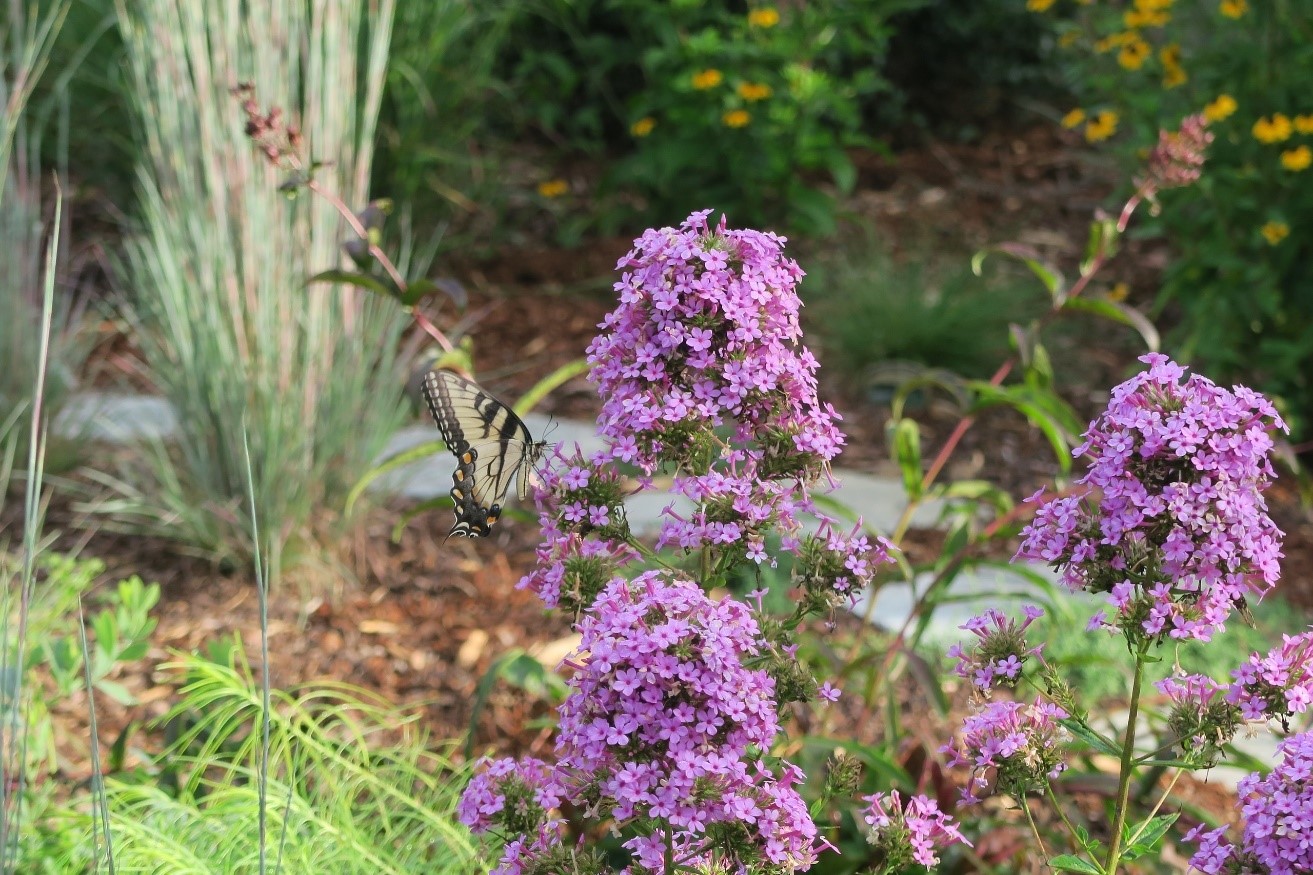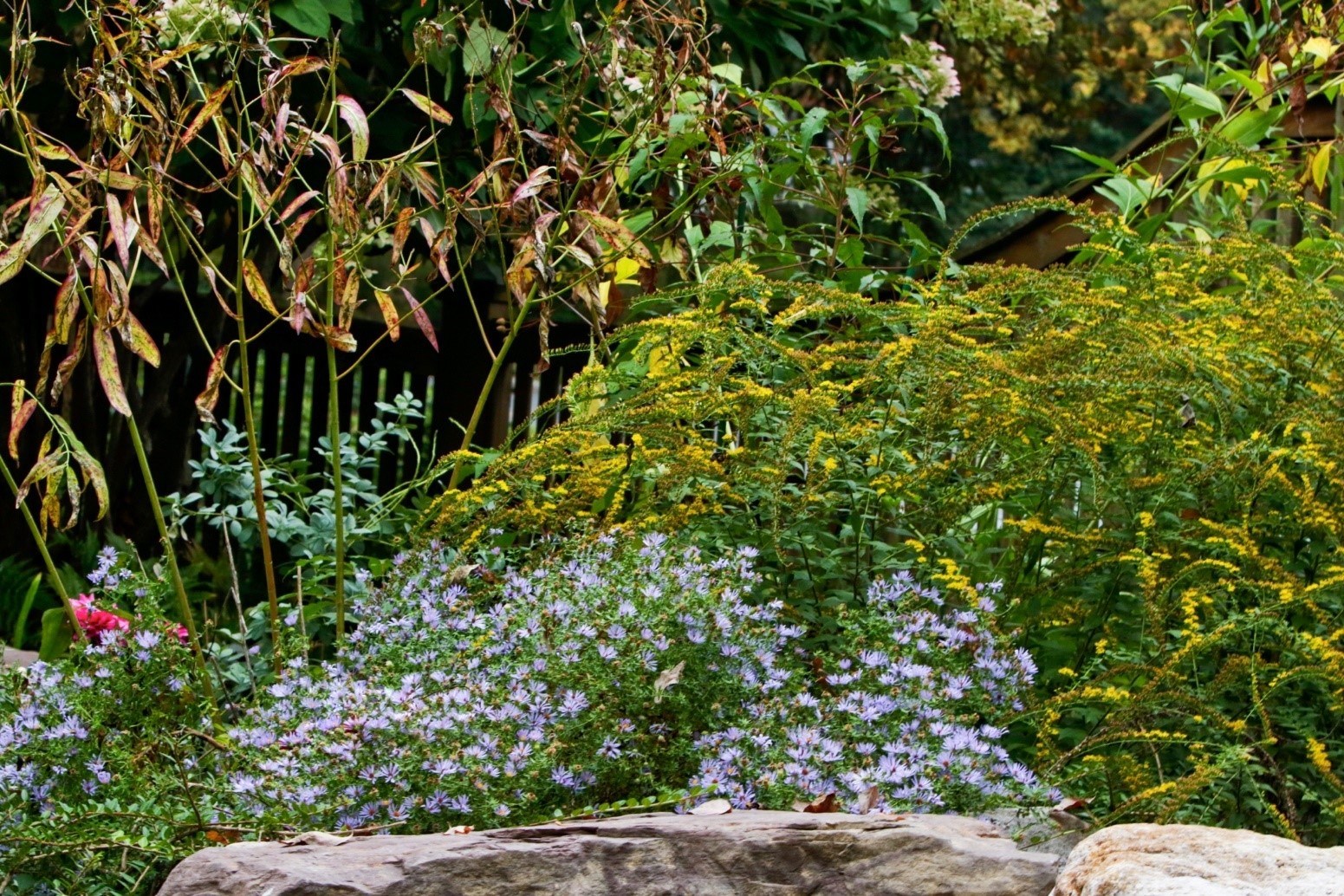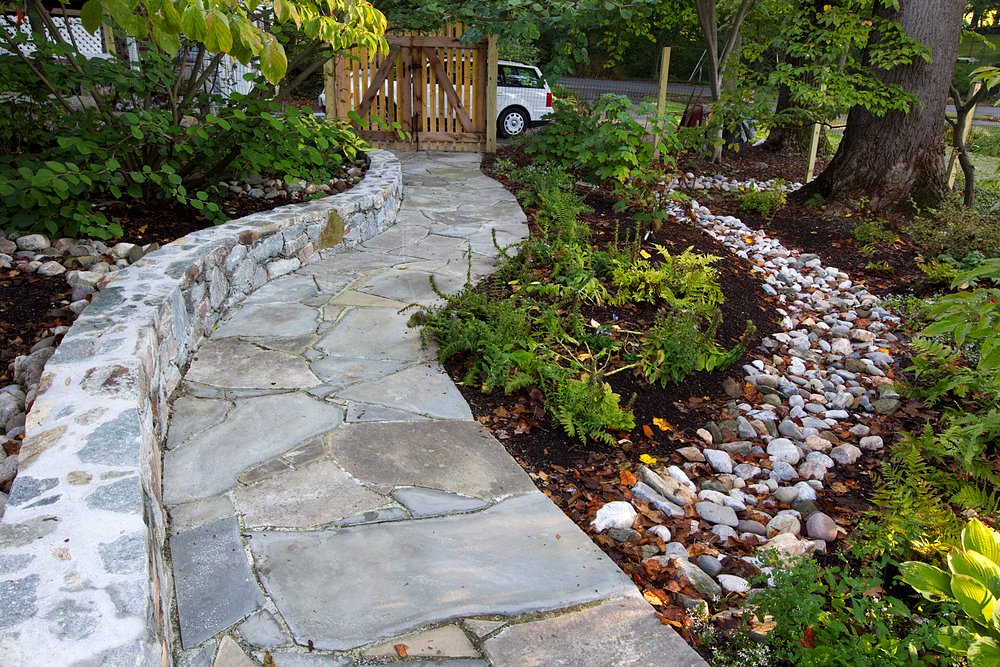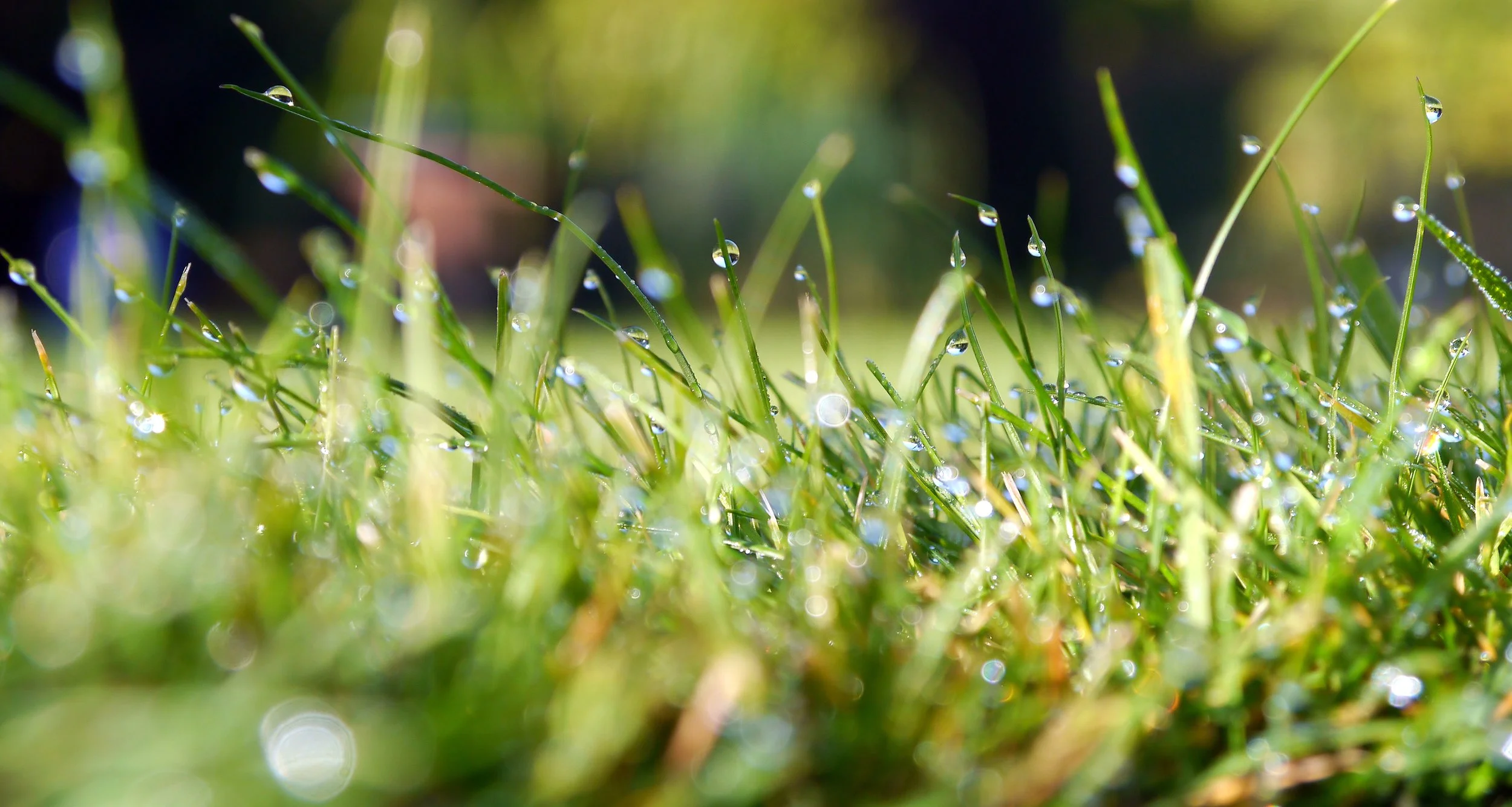Your backyard can help clean the Potomac — here's how
/3 easy steps to transform your backyard into a river friendly garden
“Never doubt that a small group of thoughtful, committed citizens can change the world; indeed, it's the only thing that ever has.” —Margaret Mead
It can feel pretty discouraging to listen to the news these days, and even more so when it comes to the environment. We hear about worsening storms, polluted runoff, political challenges, and record temperatures.
All this has dire consequences for our local streams and the Potomac River, the source of water we and five million people drink.
Thankfully, conservation organizations like Potomac Conservancy are working tirelessly to combat these threats and reduce local water pollution. And us home gardeners have a role to play as well, a fairly significant one!
A river friendly backyard directly reduces the amount of pollution in the Potomac. Don't believe me? Just one inch of rain falling on a typical suburban home generates 2,000 gallons of polluted runoff.
Improving your garden's ability to fight pollution can be done while making it more beautiful, helping pollinators, and using native plants that look good no matter the season.
Here are 3 ways to get the yard of your dreams and help local streams at the same time:
1. Assess your property
The most important thing we can do in our yards is to reduce the amount of stormwater that runs straight off our properties into storm drains, streams, and rivers when it rains.
In an unaltered landscape, rainwater is re-absorbed into the ground and filtered naturally by trees and plants. But when rainwater falls on roofs, driveways, or other hard surfaces, which is largely the case in densely populated urban areas like ours, it isn’t absorbed. It collects pollution and flows into the nearest creek or storm drain.
The more water our ground can naturally absorb, the better.
To understand how to best manage runoff from your home, use a simple calculation to determine the amount of runoff your house generates in a typical storm.
Step 1: Divide the total square footage of your house by the number of floors (or use the total roof area, if you know it).
Step 2: Calculate the total square footage of your patios and driveway. Add that to the number from Step 1. This is the total amount of impervious surface on your property.
Step 3: Multiply your total from step 2 by .6 gallons. This is the amount of polluted runoff your property produces from one inch of rain.
Knowing the amount of runoff your property produces will help you determine the right tools and approaches—which types of plants are best, which type of garden is best, the size of conduits and swales, etc.
There are also tools available to professionals that can help get more exact measurements. The graphic below outlines the specifics of a property prior to the installation of the new garden. Note the curvy blue lines that provide topographical details that are necessary to know how water flows on your property.
2. Ask for assistance
Making a garden river friendly can be complicated and not the kind of thing that a typical gardener can do by themselves on a Saturday morning. Thankfully, our region has some of the nation’s best runoff management resources:
Arlington County StormaterWise
District of Columbia Riversmart
These services are often free, offer valuable expertise, and some even provide project and design subsidies to homeowners. Firms like Backyard Bounty that specialize in organic, sustainable design, native plants, and runoff management have likely seen a situation similar to yours and can provide suggestions and guidance in building and executing your plan. Many of these approaches involve more than just putting plants in the ground, and some expertise can be invaluable.
3. Act on your plans
Creating a river friendly garden is primarily about making your garden more able to absorb rain when it falls, before it can run off. Roots are the key to improving absorption because they act as pipes for water to move into soil. Sadly, many of the plants common to urban and suburban gardens in our region have shallow root structures. This is especially true for turf grass.
Before you get to planting, you need to select which type of stormwater garden is best for you. The two primary choices are rain garden and conservation landscape. While the two share many characteristics, a rain garden uses native plants, porous soil, and ponding to collect rain water and hold it until the water percolates, usually within 24 hours. Here's an example:
Note the water soaking into the center of the garden.
A conservation landscape uses contouring and micro-berms to slow and redirect runoff. These act as “speed bumps” to slow runoff down and direct it where you want it to go. The overall goal is to get rain to percolate back into the soil in your yard before it gets to the storm drains, creeks, and rivers. Here's an example:
Depending on the site, the two techniques can be used together and both accomplish the same goal, namely keeping water on-site long enough so that it can soak back into the soil without without carrying harmful pollution and sediment to local streams and creeks. When done correctly, the water will percolate within 24 hours and not endanger structures or create health hazards like mosquito nests.
4. Bonus step: Advocate!
There’s a lot you can do to help the Potomac—transforming your backyard into a river friendly garden is a great step. But your most powerful tool is your voice!
It’s crucial that we speak up and use our voices to encourage others to join the local movement for clean water. Here's what you can do:
Support groups like Potomac Conservancy that advocate locally for clean water
Get Vocal and spread the word to your friends and neighbors (via email listservs, community meetings, etc.) that rain gardens can be beautiful as well as functional
Encourage local leaders to adopt river friendly policies and protect our rivers and streams
Edamarie Mattei is the owner of Backyard Bounty, a DC area landscape firm committed to helping our environment by helping customers and communities design, build and maintain sustainable, native, clean water landscapes. Backyard Bounty recently received the Carol Carter Excellence Award from Montgomery County for our work on environmentally-friendly landscapes. Learn more >































